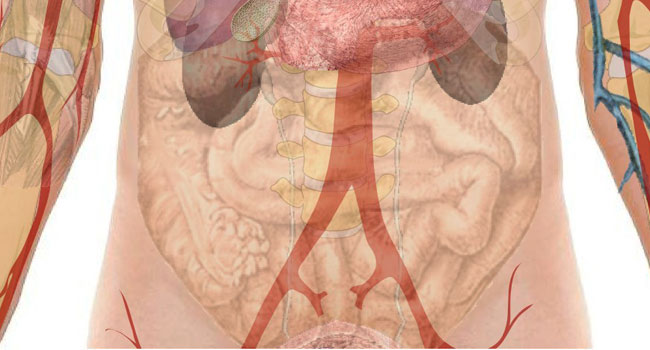
Can Your Gut Health Impact Your Pain?
May 5, 2019
When No One Believes You’re In Pain
May 5, 2019“Is there hope?” is a question I hear often. One of my patients struggling with a low back injury recently mentioned that doctors keep telling her that there is no hope. The look on her face told me how upsetting this was for her, and she asked me, “What do you think?”
Before I tell you my answer, I first want to be clear about why both the question and the answer matter.
Broadly defined, hope is a feeling or expectation for a desired outcome. Using standardized tests like the Hope Scale, a number of different studies looking at the impact of hope on chronic disease suggests that it is associated with improved outcomes. Higher levels of hope often correlate with increased life satisfaction scores, better lifestyle habits, and lower levels of depression and anxiety. Cardiovascular problems seem to recover more favorably in patients that are more hopeful.
When it comes to chronic pain conditions, whether it be back pain, fibromyalgia, or migraines, experiencing constant pain can easily squeeze hope out. You want to stay optimistic and have a positive outlook, but the more you hurt, the more you start to question whether or not good times can lie ahead. Behavioral health researchers sometimes refer to this as emotional conflict, meaning all of this worrying about your future starts to take a toll.
Interestingly, a certain part of the brain, known as the rostral anterior cingulate cortex, seems to play an important role in boosting hope. In theory, the right thoughts or mindset generated from there help trigger a surge in more positive feelings or emotions in the brain’s emotional processing center, called the amygdala, and this in turn activates behavior changes that eventually lead to accomplishing desired goals. The key step is mustering the right outlook to set this reaction in motion, and this is where folks can get stuck. If you start off with the notion that “This condition is chronic and won’t go away, and therefore, there is no hope,” then this plane will never get off the ground.
When doctors told my patient that there was no hope because she had a chronic condition, they zapped the air out of her sails, because they forced her to adopt the wrong mindset. Deep inside each of us is a human spirit with a core mission and a set of beliefs and values that spin off their own set of goals. Her outlook dramatically improved once I reminded her of all that she had accomplished since I had known her and how she was actually on the right path toward reaching her goals. We started to talk about how she was doing all of the right things, and if she stuck with the process, then her quality of life had a great chance of continuing to improve. Heck ya, there was hope!
Having a rosy outlook when things are going well is one thing, but seeing a glimmer of light when things seem to be at their darkest can pose a bigger challenge. The first step is finding that all-important spark that can rekindle hope, and then you can build your path forward based on the hope, not the pain.


